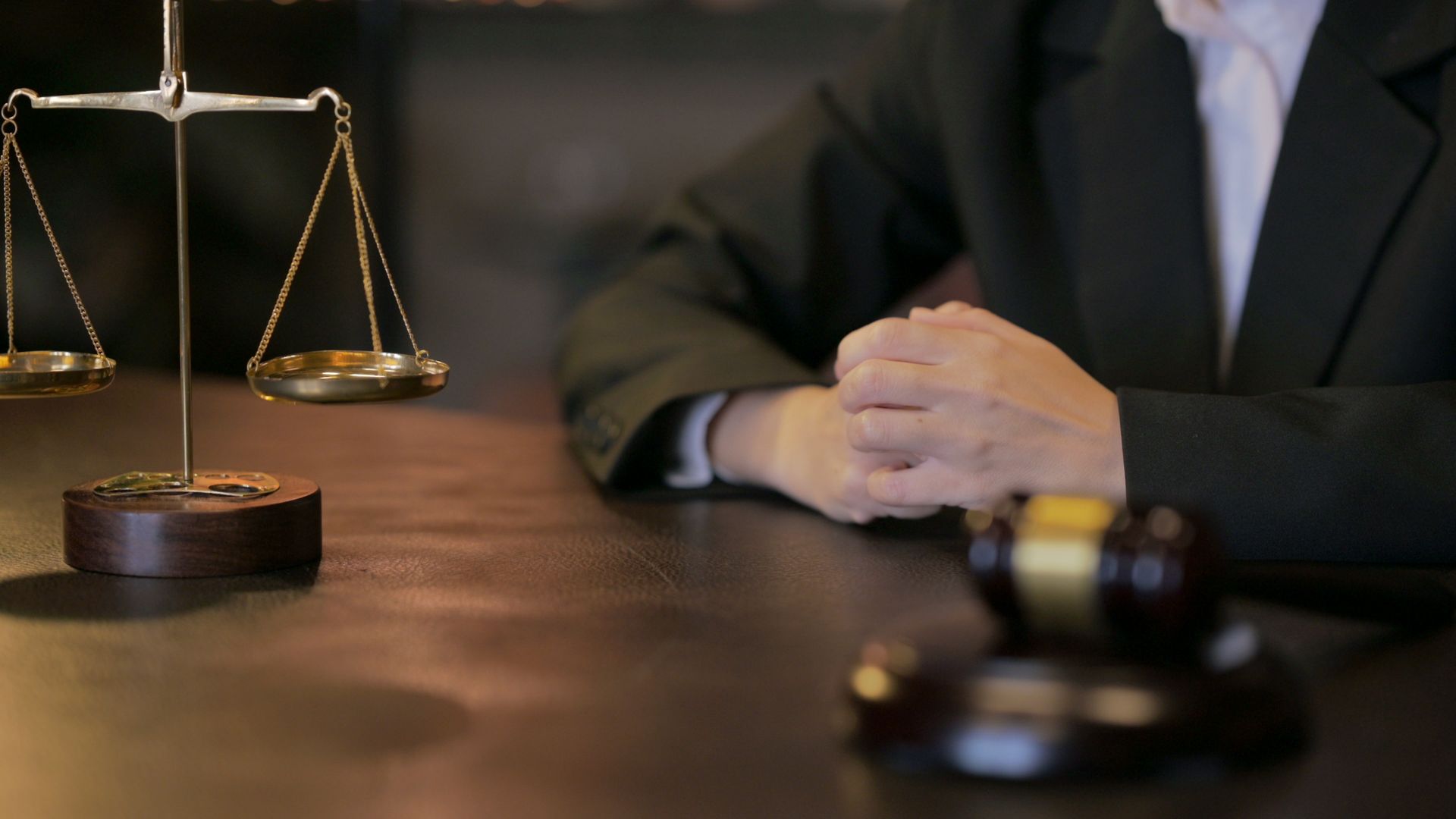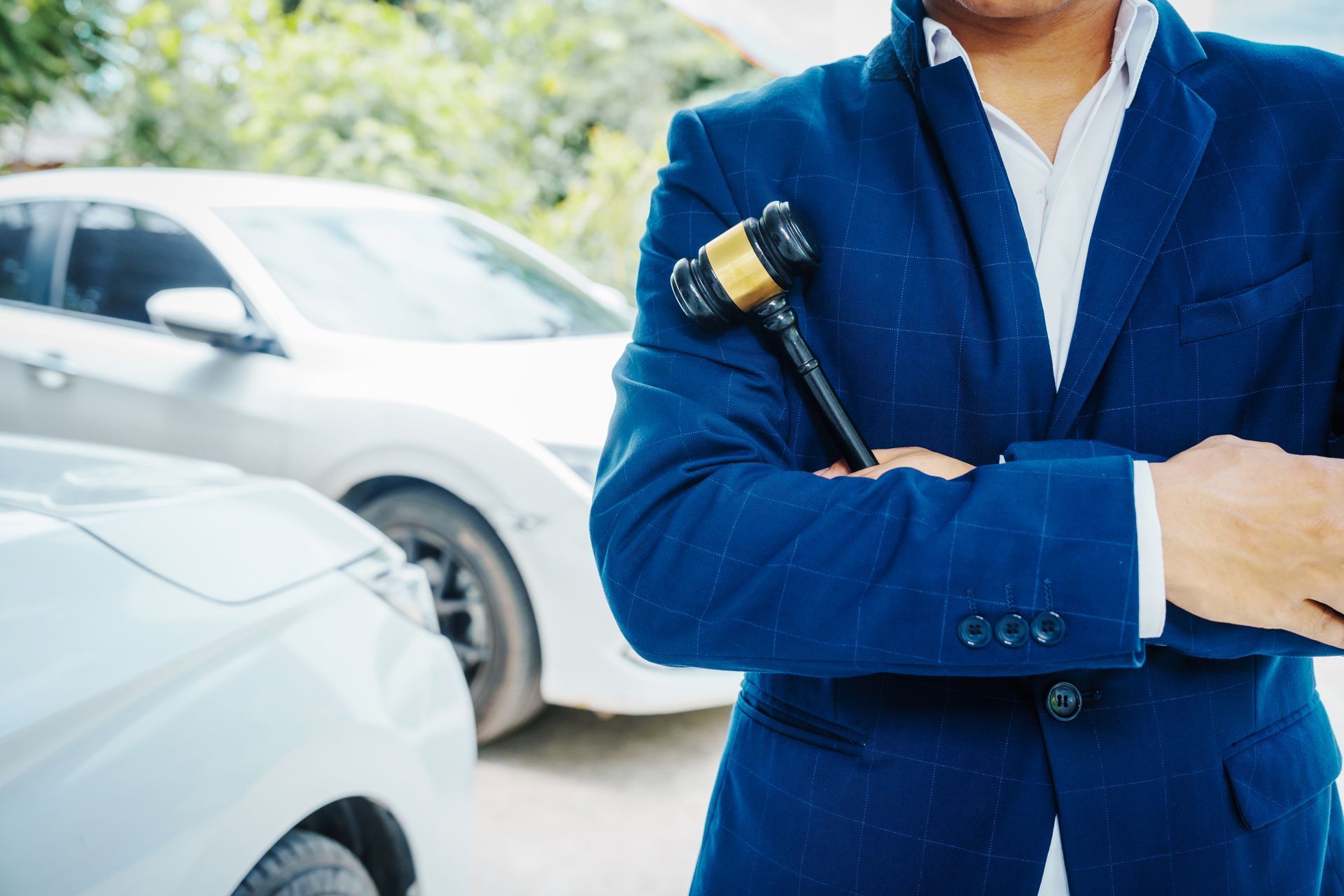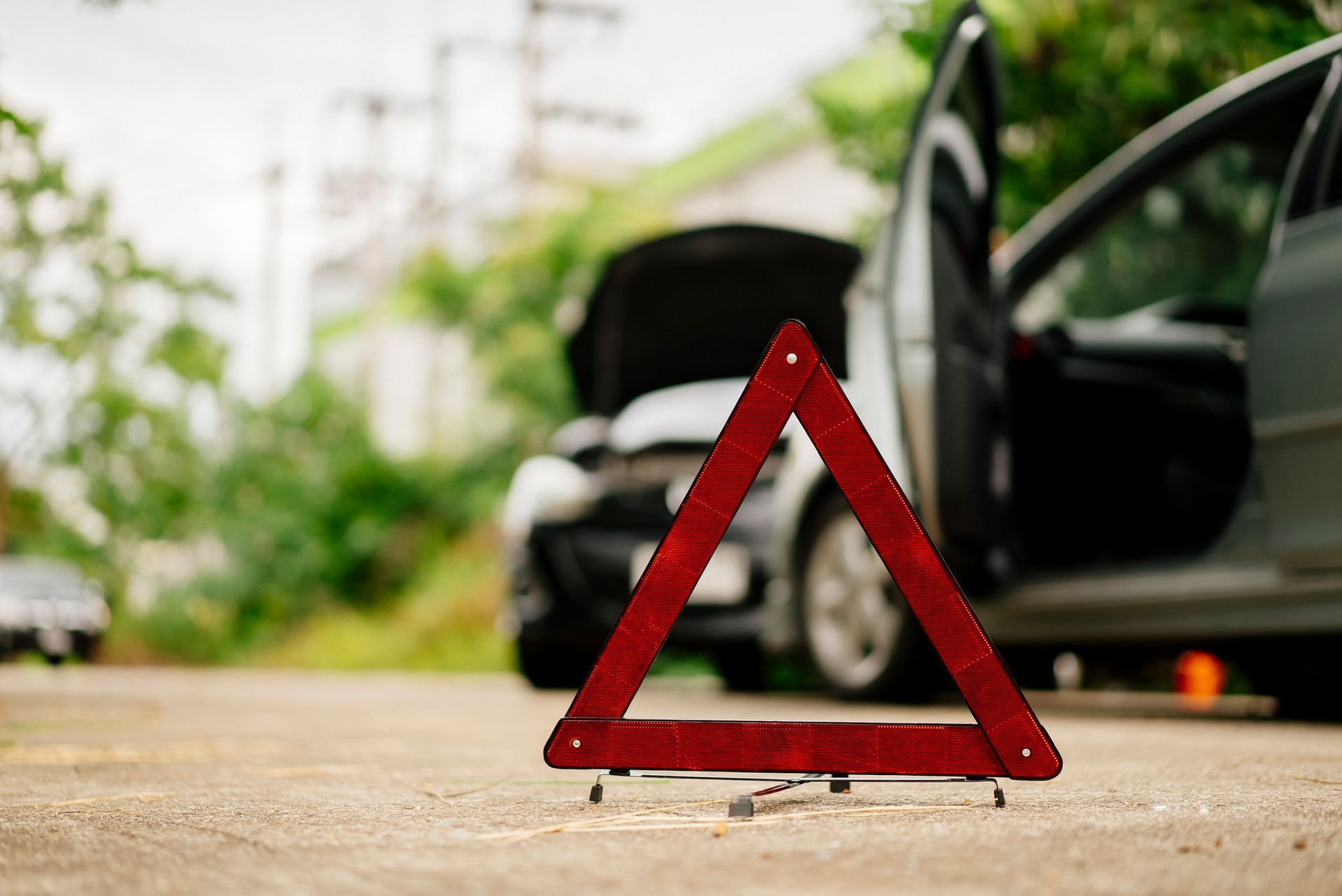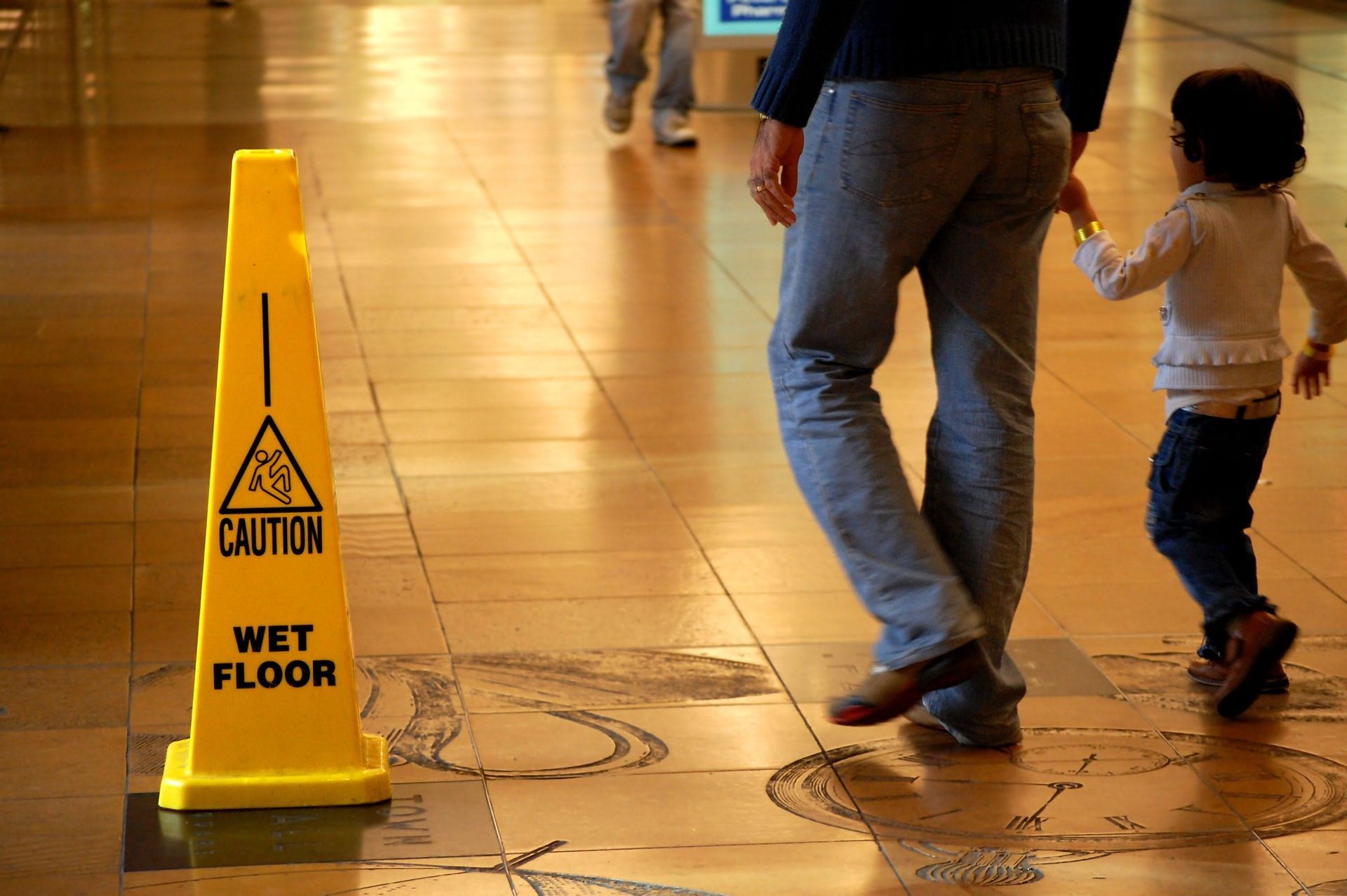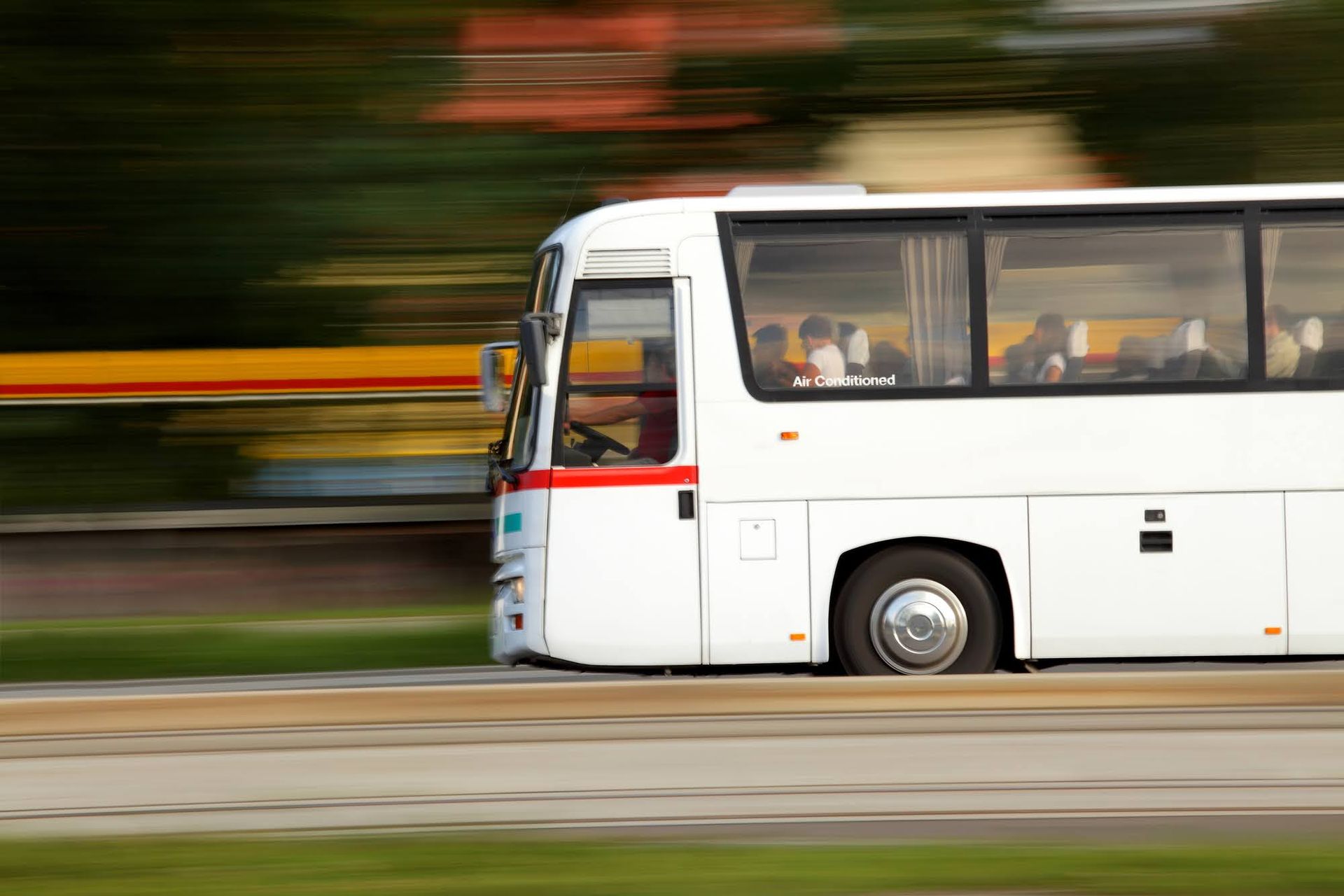FAQs About Personal Injury Lawsuits for Pedestrians in Oregon
If you live in Oregon and were injured by a car when crossing the road, you will likely want to pursue compensation through an injury claim or a personal injury lawsuit. The injury claim is one phase of an insurance claim where you will need to contact the insurer of the at-fault party.
If you cannot reach an appropriate settlement with the insurance company, then you may want to file a personal injury lawsuit to get compensation for your injuries. Read on to learn more about this process and how to proceed.
When Should You Proceed with a Personal Injury Lawsuit?
In Oregon, the statute of limitations for pedestrian injuries is usually two years from the accident date, so it's better to get started on the process sooner rather than later since injuries that seem minor could worsen over time. At the very least, you should be reaching out to a lawyer for help with the insurance claim.
Your lawyer can help you file your insurance claim since he or she can help you calculate a fair value of the damages. A lawyer can also mediate your communications with the insurance adjusters so that you aren't pressured into accepting lowball offers or waiving your rights for future compensation. Your lawyer will know when to file a personal injury suit.
What Are the Phases of a Personal Injury Lawsuit?
If you are unsatisfied with the insurance claim, then your personal injury lawyer will file the appropriate documents in civil court for a lawsuit. While every case is different, pedestrians that are injured by vehicles need to prove to the jury that the driver's negligence caused injuries. Negligence includes—but is not limited to—speeding, texting when driving, ignoring traffic signals, etc.
While the driver is usually the defendant in these cases, there are some instances where your lawyer may recommend that you file a lawsuit against other parties. For instance, if the city government neglected road maintenance, they may be partially at fault for the accident. If the vehicle had a design defect, then a car manufacturer may be partially at fault.
After the lawsuit is filed, there is a discovery phase where both sides will gather evidence to support their case, such as witness interviews, depositions, accident reconstructions, etc. It's especially important for you to maintain your doctor appointments during this time as medical documentation is key to proving the extent of your injuries.
While your case may go to trial, many personal injury cases are settled out of court. For example, your lawyer can help you draft a demand letter, which is a formal request for compensation to avoid further litigation.
Are Pedestrians Always Entitled to Compensation?
More often than not, pedestrians that have been injured are entitled to compensation. This is because Oregon laws treat intersections as crosswalks even if they don't contain traffic devices or adequate markings.
However, there are cases where pedestrians may not be entitled to total compensation since they may share a portion of the responsibility for the accident. Pedestrians still have a duty of care to follow traffic laws, so you may receive limited compensation if you were
- Jaywalking (not using an intersection to cross)
- Entering a crosswalk with a "Do Not Walk" traffic signal
- Darting in front of a vehicle that didn't have adequate time to stop
- Walking on a roadway despite having a usable shoulder or sidewalk
Oregon is a modified-comparative fault state, which means that you may be able to only recover damages if your negligent actions aren't greater than the defendant. For instance, if an insurance adjuster finds that you share less than 50% of the blame, then you may be able to receive partial compensation for your injuries.
Again, it's a good idea to reach out to a personal injury lawyer as he or she can help you understand the duty-of-care laws for your state. Contact us at Smith Morgan, LLP for more information.

